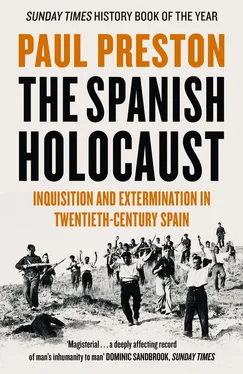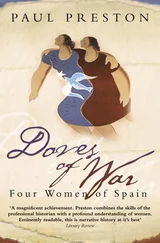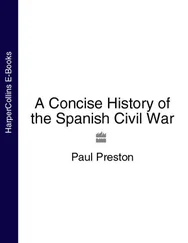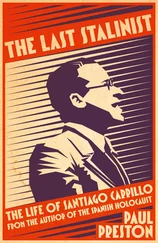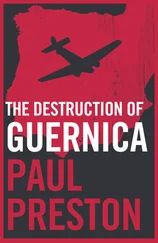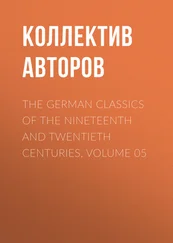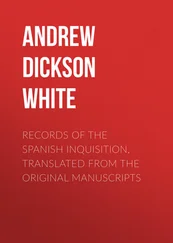One reason for which people were executed was having opposed the military coup of 10 August 1932. Among those murdered on these grounds were the then Mayor, José González Fernández de Labandera, the first Republican Mayor of Seville in April 1931 and Socialist deputy at the time, Hermenegildo Casas Jiménez, the then Civil Governor, Ramón González Sicilia, and the President of the Provincial Assembly, José Manuel Puelles de los Santos. After Puelles, a liberal and much loved doctor, had been arrested, his clinic was ransacked and he was murdered on 5 August. A similar fate awaited numerous other municipal and provincial officials. 59
As soon as the ‘pacification’ of Cádiz and Seville was under way, Queipo de Llano could turn his attention to the neighbouring province of Huelva. Initially, because of the firm stance of the Civil Governor, Diego Jiménez Castellano, the Mayor, Salvador Moreno Márquez, and the local commanders of the Civil Guard, Lieutenant Colonel Julio Orts Flor, and of the Carabineros, Lieutenant Colonel Alfonso López Vicencio, the coup failed. Arms were distributed to working-class organizations but every effort was made to maintain order. Local rightists were detained for their safety and their weapons confiscated. Given the chaos and the hatred provoked by the uprising, it is a tribute to the success of the measures implemented by the Republican authorities that the number of right-wingers assassinated by uncontrolled elements in Huelva was limited to six.
Such was the confidence of the Madrid government that, on 19 July, the newly appointed Minister of the Interior, General Sebastián Pozas Perea, cabled the Civil Governor, Jiménez Castellano, and Lieutenant Colonel Orts Flor: ‘I recommend that you mobilize the miners to use explosives to annihilate these terrorist gangs. You can be confident that the military column advancing triumphantly on Córdoba and Seville will shortly wipe out the last few seditious traitors who, in their last throes, have unleashed the most cruel and disgusting vandalism.’ In response to this wildly over-optimistic telegram, the text of which would later be falsified by the rebels, it was decided to send a column from the city to attack Queipo de Llano in Seville. The column consisted of sixty Civil Guards, sixty Carabineros and Assault Guards plus about 350 left-wing volunteers from various towns, including Socialist miners. It was accompanied by two of Huelva’s parliamentary deputies, the Socialists Juan Gutiérrez Prieto and Luis Cordero Bel.
In fact, the police, the Civil Guard and the army in Huelva were heavily infiltrated by conspirators. One of the most untrustworthy, Major Gregorio Haro Lumbreras of the Civil Guard, was placed in command of the force being sent to attack Queipo. Haro had been involved in the Sanjurjada and was in close touch with José Cuesta Monereo, who had planned the military coup in Seville. To prevent his real plans being frustrated by the workers in the column, Haro Lumbreras and his men had left for Seville several hours before the civilian volunteers. Along the sixty-two miles separating the two cities, his force was swelled by Civil Guards from other posts. On reaching Seville, Haro Lumbreras liaised with Queipo and Cuesta Monereo then retraced his steps to set up an ambush of the militias coming from Huelva. On 19 July, at a crossroads known as La Pañoleta, his men opened fire on the miners with machine-guns. Twenty-five were killed and seventy-one were taken prisoner, of whom three soon died of their wounds. The remainder, including the Socialist deputies, escaped. Haro’s men suffered no casualties apart from one man who broke his leg getting out of a truck. The prisoners were taken to the hold of the prison ship Cabo Carvoeiro anchored in the River Guadalquivir. At the end of August, they would be ‘tried’ and found guilty of the surrealistic crime of military rebellion against ‘the only legitimately constituted power in Spain’. The sixty-eight prisoners were then divided into six groups, taken to six areas of Seville where working-class resistance had been significant, and shot. Their bodies were left in the streets for several hours to terrorize further a population which had already seen more than seven hundred people executed since Queipo de Llano’s triumph. 60
Huelva itself would not fall for another ten days. In the meantime, the conquest of the territory between Huelva and Seville was carried out by columns organized by the military and financed by wealthy volunteers with access to cars and weaponry. After taking part in the suppression of the working-class areas of Seville, a Carlist column organized by a retired Major Luis Redondo García attacked small towns to the south-east of Seville. 61Another typical column was put together by the wealthy landowner Ramón de Carranza. He had been involved in the preparations for the coup and, with a group of friends, some from the Aero Club and the landowners’ casino, had taken part in the repression of the working-class districts of Triana and La Macarena. Queipo rewarded him by making him Mayor of Seville. Carranza was the son of the cacique of Cádiz, Admiral Ramón de Carranza, the Marqués de Villapesadilla, who owned 5,600 acres in estates near Algeciras and in Chiclana. 62From 23 July until late August, Carranza alternated his administrative duties with the leadership of a column that occupied the towns and villages in the Aljarafe region to the west of Seville.
It was no coincidence that in many of these municipalities extensive properties were owned by Carranza and other wealthy members of the column such as his friend Rafael de Medina. Their itineraries were often dictated by the location of their estates. In most villages, a Popular Front committee had been set up, with representation of all Republican and left-wing groups, usually under the chairmanship of the mayor. They arrested known sympathizers of the military rebels and confiscated their weapons. This was an area of big estates, producing wheat and olives, with large areas of cork oaks around which cattle, sheep, goats and pigs grazed. The committees centralized food supplies and, in some cases, collectivized estates. The owners had a burning interest in the recovery of the farms that now fed their left-wing enemies.
Carranza’s column moved into the Aljarafe, attacking towns and villages such as Saltares, Camas, Valencina, Bollullos and Aznalcázar. Armed with mortars and machine-guns, they met little resistance from labourers armed only with hunting shotguns or farm implements. At one of the first villages reached, Castilleja, Medina liberated estates belonging to his friend the Marqués de las Torres de la Presa. In Aznalcázar, the Socialist Mayor, who, according to Medina’s own account, handed over the pueblo with great dignity and grace, was taken to Seville and shot. Moving on to Pilas and Villamanrique, the column recaptured estates owned by Medina himself and his father. Eventually, on 25 July, they went as far as Almonte in Huelva. As each village fell, Carranza would arrest the municipal authorities, establish new town councils, shut down trade union offices and take truckloads of prisoners back to Seville for execution. 63
On 27 July, Carranza’s column reached one such town, Rociana in Huelva, where the left had taken over in response to news of the military coup. There had been no casualties but a ritual destruction of the symbols of right-wing power, the premises of the landowners’ association and two clubs, one used by the local Falange. Twenty-five sheep belonging to a wealthy local landowner were stolen. The parish church and rectory had been set alight, but the parish priest, the sixty-year-old Eduardo Martínez Laorden, his niece and her daughter who lived with him had been saved by local Socialists and given refuge in the house of the Mayor. On 28 July, Father Martínez Laorden made a speech from the balcony of the town hall: ‘You all no doubt believe that, because I am a priest, I have come with words of forgiveness and repentance. Not at all! War against all of them until the last trace has been eliminated.’ A large number of men and women were arrested. The women had their heads shaved and one, known as La Maestra Herrera, was dragged around the town by a donkey, before being murdered. Over the next three months, sixty were shot. In January 1937, Father Martínez Laorden made an official complaint that the repression had been too lenient. 64
Читать дальше
